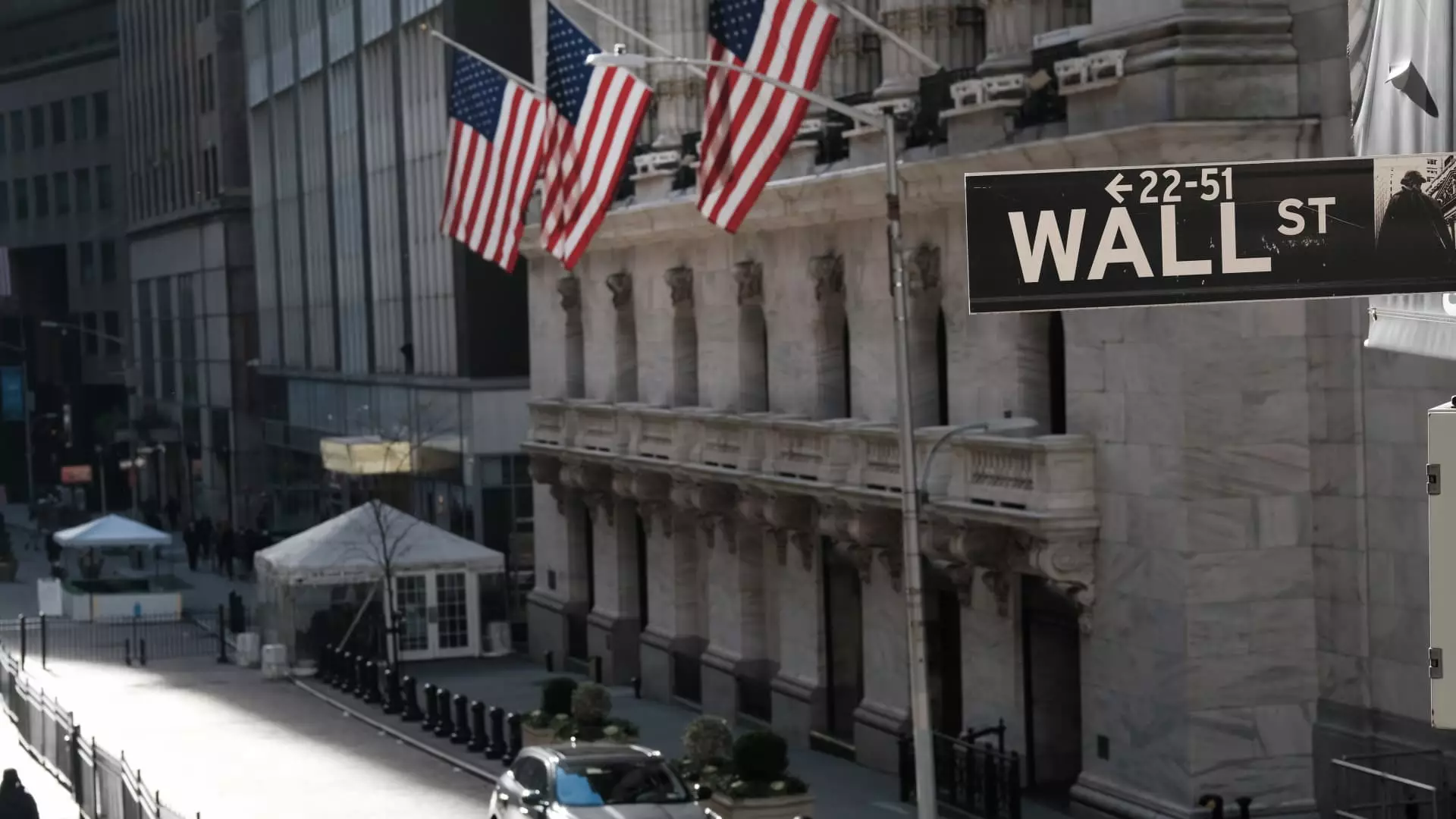In an audacious yet concerning move, the Federal Reserve recently proposed revisions to a vital capital rule governing the largest banks in the nation. This initiative, aimed at loosening the strictures of the enhanced supplementary leverage ratio (eSLR), has elicited mixed reactions and considerable apprehension among financial stability advocates and economists alike. By potentially reducing the capital buffers that institutions are required to maintain, the Fed runs the risk of echoing some of the more catastrophic decisions made in the run-up to the 2008 financial crisis. It is imperative to scrutinize whether this move is a calculated decision to enhance market flexibility or a reckless gamble threatening the much-needed stability in the banking sector.
The Historical Context of Capital Requirements
Capital requirements have historically served as bulwarks against fiscal disasters. In the aftermath of the global financial crisis, policies like the eSLR were instituted precisely to ameliorate vulnerabilities that plagued the banking system. They mandated that banks maintain a certain level of high-quality capital relative to their total assets, thereby providing a buffer during economic downturns. The rationale was straightforward: the more robust the capital reserves, the less likely banks are to engage in excessive risk-taking. However, with recent years characterized by growing reserves and market liquidity concerns, the narrative has shifted. Bank executives and Federal Reserve officials alike advocate for a rethink of these regulations, arguing that they are overly stringent in a vastly altered economic landscape.
A Flawed Assumption: Safety vs. Complacency
Fed Chair Jerome Powell’s assertion that the high concentration of low-risk assets on banks’ balance sheets dilutes the effectiveness of existing leverage ratios is somewhat misleading. It presumes a false dichotomy: that banks can be entrusted to act responsibly without stringent oversight. By suggesting that these capital standards no longer serve their purpose, Powell seems to overlook the inherent tendency for financial institutions to prioritize short-term gains and shareholder returns over long-term sustainability. The reality is that while excessive capital requirements may constrain banks’ immediate operational flexibility, they are essential for fostering a culture of caution and responsibility crucial for long-term financial health.
A Dangerous Path to Profit Maximization
The proposed loosening of capital restrictions poses an alarming set of risks, particularly as some officials foresee it as an opportunity for banks to divert capital toward shareholder distributions and high-return investments rather than enhancing their roles in Treasury market intermediation. Critics, including Governors Adriana Kugler and Michael Barr, have voiced strong opposition, underscoring the belief that this change could lead to a disconnect between capital management and essential market functions, ultimately jeopardizing financial stability during periods of stress. If banks are incentivized to chase quick profits rather than prudently balance their portfolios, we may find ourselves back in a cycle of risk-taking that leads to systemic failures.
The Clash of Opinions
Not all voices within the regulatory community are singing in harmony. The divergence of views among Federal Reserve officials highlights the contentious nature of this debate. Supporters of the eSLR adjustments argue that these changes are timely and necessary to boost resilience in U.S. Treasury markets. They claim that a recalibrated ratio would decrease the probability of market dysfunction during stressful situations, thereby facilitating smoother operations. Yet, this perspective seems to discount the lessons learned from the past, where increased financial intermediation during tranquil periods didn’t necessarily shield against chaotic market conditions.
The Implications Going Forward
As the proposal enters a 60-day public comment period, the banking community and policymakers must engage in rigorous discourse. The stakes are high; financial regulations should be designed to promote safety, soundness, and stability, rather than simply making it easier for institutions to operate in the short term. The potential outcomes of such significant alterations to capital requirements could have long-lasting implications for the financial landscape of the U.S. If history teaches us anything, it is that the titans of finance must be held accountable and regulated decisively to prevent the mistakes of yesteryears from haunting us once again.
With the balance of power at stake, it is essential that we advocate for robust capital requirements that protect the public interest rather than appeasing corporate desires for unbridled profitability. As we navigate this shifting regulatory terrain, we must remain steadfast in our commitment to safeguarding the nation’s financial health.

